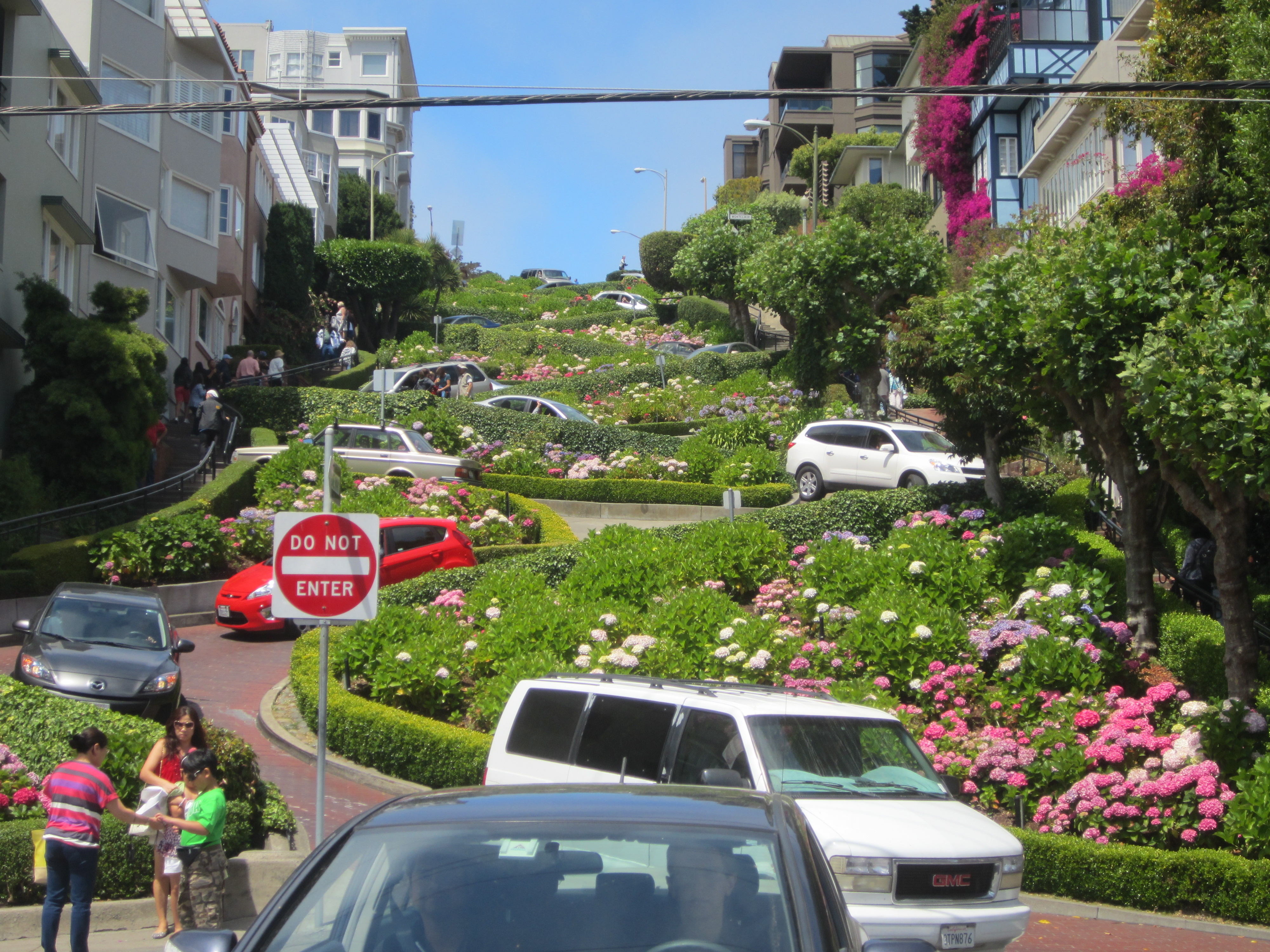Physical Address
304 North Cardinal St.
Dorchester Center, MA 02124
Physical Address
304 North Cardinal St.
Dorchester Center, MA 02124
The goal of congestion pricing is not to penalize car trips but to smooth demand over a more extended time to reduce congestion. Unfortunately, many new congestion pricing schemes seem designed to ban cars rather than manage demand for car trips.
This article appeared originally in Caos Planejado and is reprinted here with the publisher’s permission.
Congestion pricing aims to reduce demand for peak-hour car trips by charging vehicles entering the city center when roads are the most congested. Charging rent for the use of roads is consistent with a fundamental principle of economics: when the price of a good or service increases, demand for it decreases. Charging different rates depending on the congestion level spreads trip demand over a longer period than the traditional peak hour. The goal of congestion pricing is not to penalize car trips but to smooth demand over a more extended time to reduce congestion. Unfortunately, many new congestion pricing schemes seem designed to ban cars rather than manage demand for car trips. Congestion pricing then becomes more akin to the “sin taxes” imposed on the consumption of tobacco and alcohol than to traffic management.

The traffic on urban roads in a downtown area is not uniform during the day but is subject to rush hour peaks, while late-night road networks are usually underused. The use of roads in the downtown area is similar to other places like hotels in resort towns. Hotels try to spread demand away from peak season by reducing prices when demand is low and increasing prices when demand is high. When resort hotels charge higher prices during weekends and vacations, it is not to discourage demand but to spread demand over a broader period. Well-conceived congestion pricing for urban roads works under the same principles as the pricing of hotels. The goal is to maximize the use of a fixed asset by spreading demand over a more extended period.
Starting in 1975, Singapore was a pioneer in applying congestion pricing. As technology evolved, Singapore modified its system to adjust road pricing where and when it was most effective. To this day, it is the most advanced model in the world. While not every city has the political set-up that would permit to implement Singapore road pricing system, it is helpful to know how this city establishes its pricing mechanism and monitors its performance.
Singapore is now developing a next-generation Duration-Based Charging system incorporating satellite-based technology to allow for more sophisticated charging mechanisms, including charging based on the distance traveled or time spent on the road. The same technology is proposed to be used in the US for Mileage-Based User Fees that will hopefully replace the gasoline tax to pay for themaintenance of roads and highways.
Singapore’s Land Transport Authority (LTA) closely monitors traffic conditions. One of the key performance indicators is the average road speed. They measure it in the following manner:
Singapore road pricing has achieved its goal of maintaining a minimum speed within specific roads over more than 30 years. While the city has constantly invested in public transport, it has recognized that individual vehicles are an indispensable mode of transportation and complement other modes like transit, bicycles, and automated vehicles. A large city requires a lot of maintenance. Workers in charge of this maintenance, like electricians, plumbers, painters, nurses, and doctors, must use individual vehicles to fulfill their tasks. Shops, restaurants, and bars need to be resupplied continuously. Congestion pricing is particularly efficient in organizing this indispensable car or truck traffic.
Unlike Singapore, most pricing mechanisms and performance monitoring in other cities using congestion pricing, like London, Stockholm, and Milan, are primitive. Except for Stockholm, they charge a fixed rate for entering an area. Milan charges cars according to their pollution level. The objective seems to be to discourage car usage rather than optimize the use of existing roads.
The congestion pricing projected to be implemented in New York in 2024 seems to have the most muddled objective. The city has never mentioned road speed objectives. The peak period is from 5 AM to 9 PM on weekdays, priced at $15 for cars when entering the zone, while $3.75 for the off-peak period. This flat toll for most of the day suggests that the primary purpose of the toll is to raise revenue to subsidize the vast public transport deficit resulting from years of mismanagement and under-investment. The boundary of the priced zone, south of 60th Street, will create other distortions within Manhattan. It would have been better to set tolls in most of Manhattan and part of Brooklynn by hours and places at different rates.
The impact of the toll on the freight delivery cost ($24-$36) for shops, restaurants, and construction sites has never been discussed.
Ironically, while congestion pricing’s objective is to obtain a more rational use of existing roads, parking remains free on many streets within the Manhattan part subject to congestion pricing. Parking on the roads that are metered costs $14.50 for two hours. Because metered or unmetered street space often occupies both sides of the road, deliveries and taxis loading or unloading passengers block an entire circulation lane. If traffic congestion were the main issue, most of the curb side street lanes devoted to parking would have been dedicated to bicycle or car lanes for loading and unloading. Establishing clear objectives and monitoring performances and possible secondary impacts on transport costs are indispensable tasks for any city considering congestion pricing. The goal of congestion pricing is not to maximize revenue but to manage traffic more efficiently